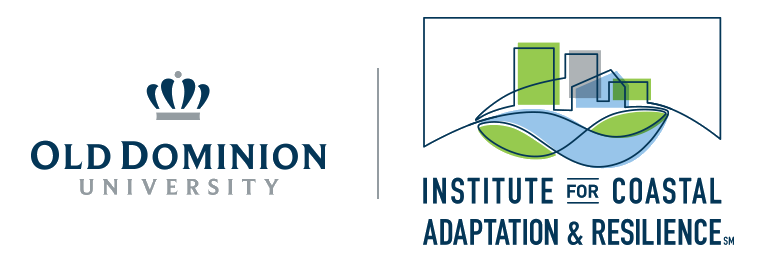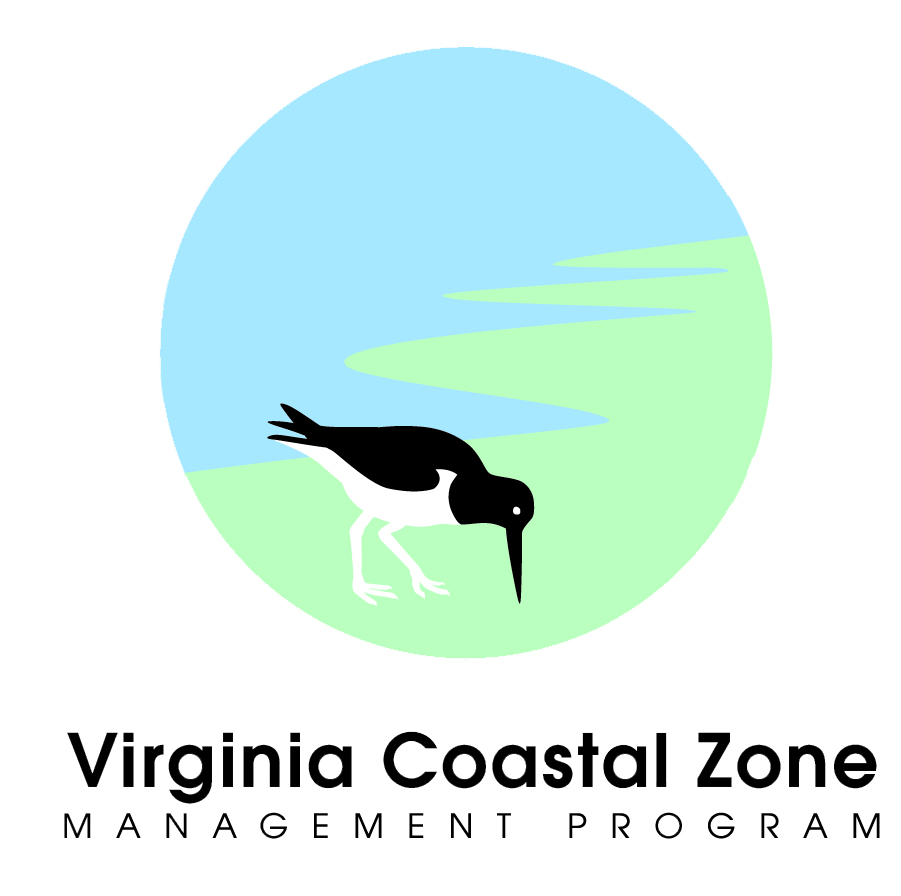The Goal of The RAFT
The goal of the RAFT is to help Virginia’s localities and tribal nations increase their ability to respond to acute and chronic hazards and stressors while also strengthening their economic and social viability. These challenges include flooding, increasing storm hazards, heat, and other emerging issues. Communities in Virginia face daunting challenges affecting individuals, businesses, agriculture, forestry, national security facilities, public health, infrastructure, and economic development.
A critical gap in Virginia is an easy and accessible way to define and measure community resilience. The RAFT attempts to fill this gap. While it draws ideas for indicators from many other resilience and sustainability report cards to cover environmental, economic, and social resilience, The RAFT does not rely on a community's ability to conduct a self-assessment but instead offers the opportunity for an independent, objective assessment.
The RAFT aims to make the scorecard tool available throughout Virginia to address a variety of new challenges that create new risks for community members, the environment, and local economies.

.png)



